Curiosity - the first 50 days on Mars
We decided about once a week to do reviews about current Curiosity research on Mars. But since two months have passed, we will quickly run through the first posts in order to catch up with the current moment.
So, on August 6, 2012, the Mars rover MSL Curiosity made a successful landing on the planet Mars. His first frame, transmitted to Earth, caused a wave of joy and inspiration from NASA experts:
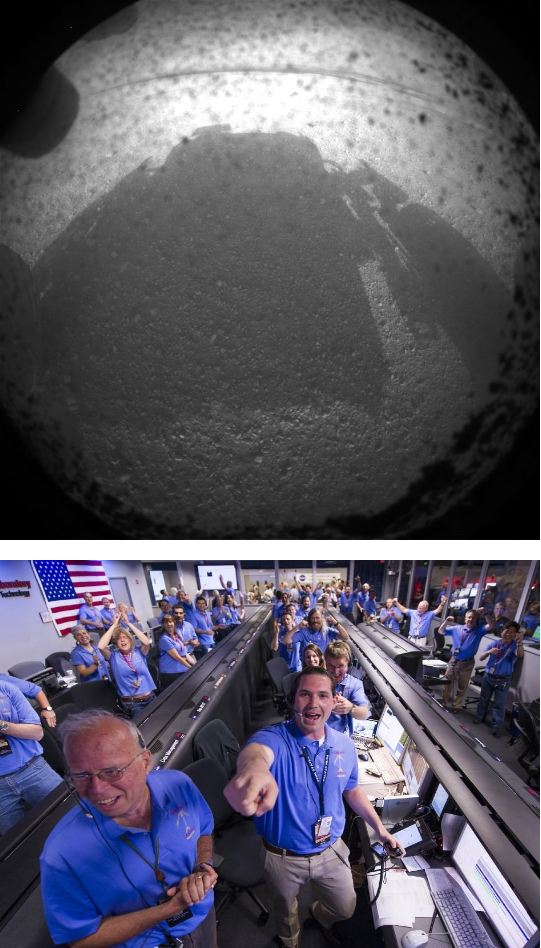
Next, about the first 50 days of Curiosity on Mars, with photos, panoramas and illustrations
But this was not the first frame taken by Curiosity. MARDI camera shooting began at the very moment when the rover was in the descent capsule.
The result of this shooting was finalized by director Bard Canning, who offered his work to the world:
')
After landing, the rover first looked at itself with navigation cameras. It was necessary to understand whether the landing was flawless or with losses.
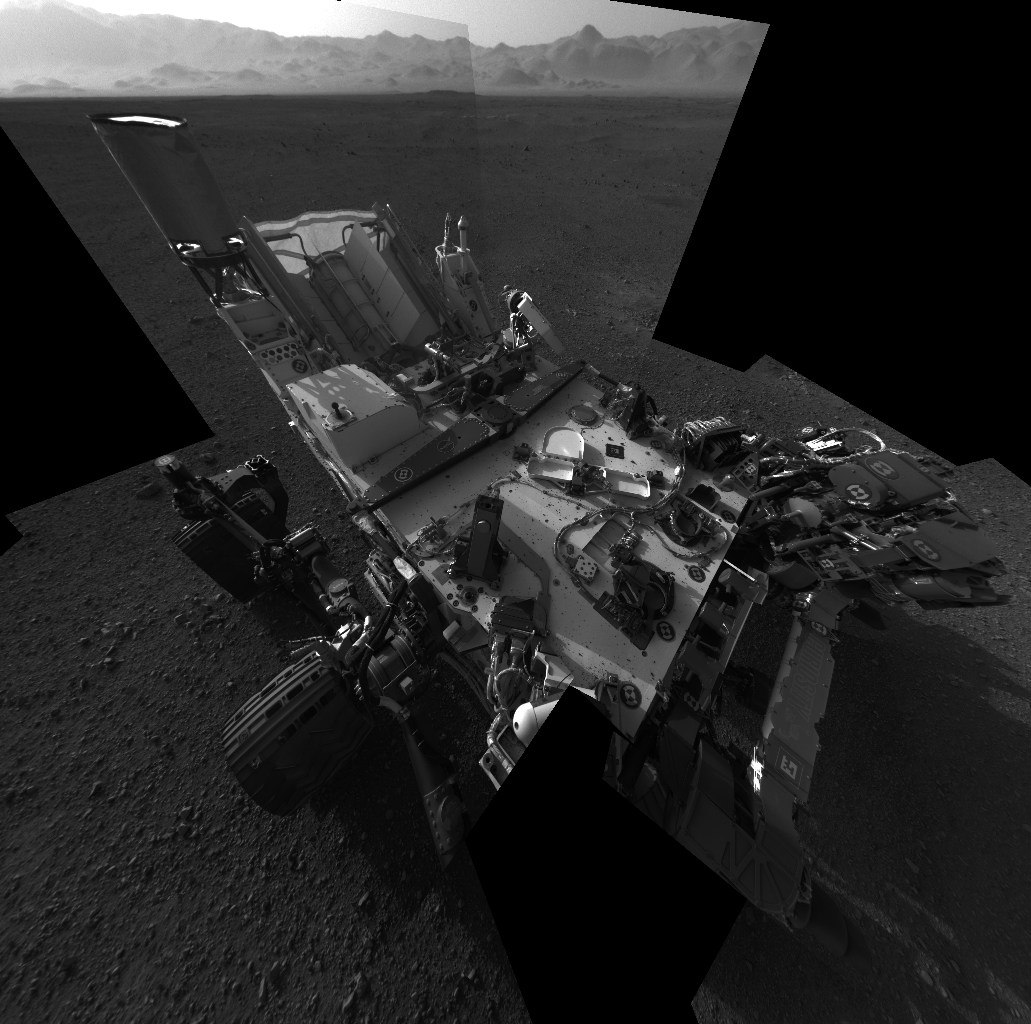
In addition to the small particles of soil on the hull, external examination did not reveal any problems.
On the third day on Mars, Curiosity shot the first full panorama with a left Mast Cam color camera with a focal length of 34 mm lens. A few days later the photos were transferred to Earth, and consolidated into a single 360 °. This made it possible to shut up the vocal chorus of conspiracyologists who lamented: "NASA hides the colored footage of Mars."

After the public was satisfied, NASA was finally able to do business and sent Curiosity into a half-hour hibernation. During this time, the software was updated and all scientific equipment was tested in a passive mode. At this stage, no violations were identified either.
Coming out of hibernation, the rover began to test the laser and spectrograph Chem Cam. At first, test shooting was conducted on special test targets located on the body of the rover:

Then the first specimen was shot, which was first called the “Stone No. 165”, and then the Coronation.
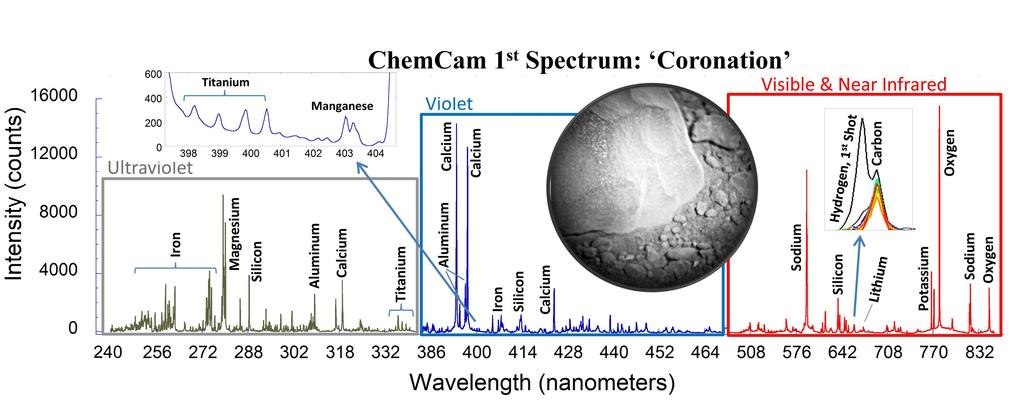
The result of the study showed that the laser effectively burns through a layer of dust covering the Martian stones, and gets to the sample itself. The chemical composition of Coronation turned out to be the closest to earthly basalt samples.
Then a new stage of testing equipment began - this time in practice.
The Russian DAN device made the first terrain survey for hydrogen in the ground. The graph showed the approximate correspondence of the water saturation of the Martian soil and the concrete floor of the laboratory where the pre-flight sensor tests were carried out:
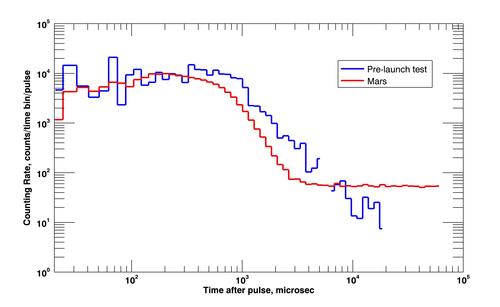
The functionality of the manipulator was tested:
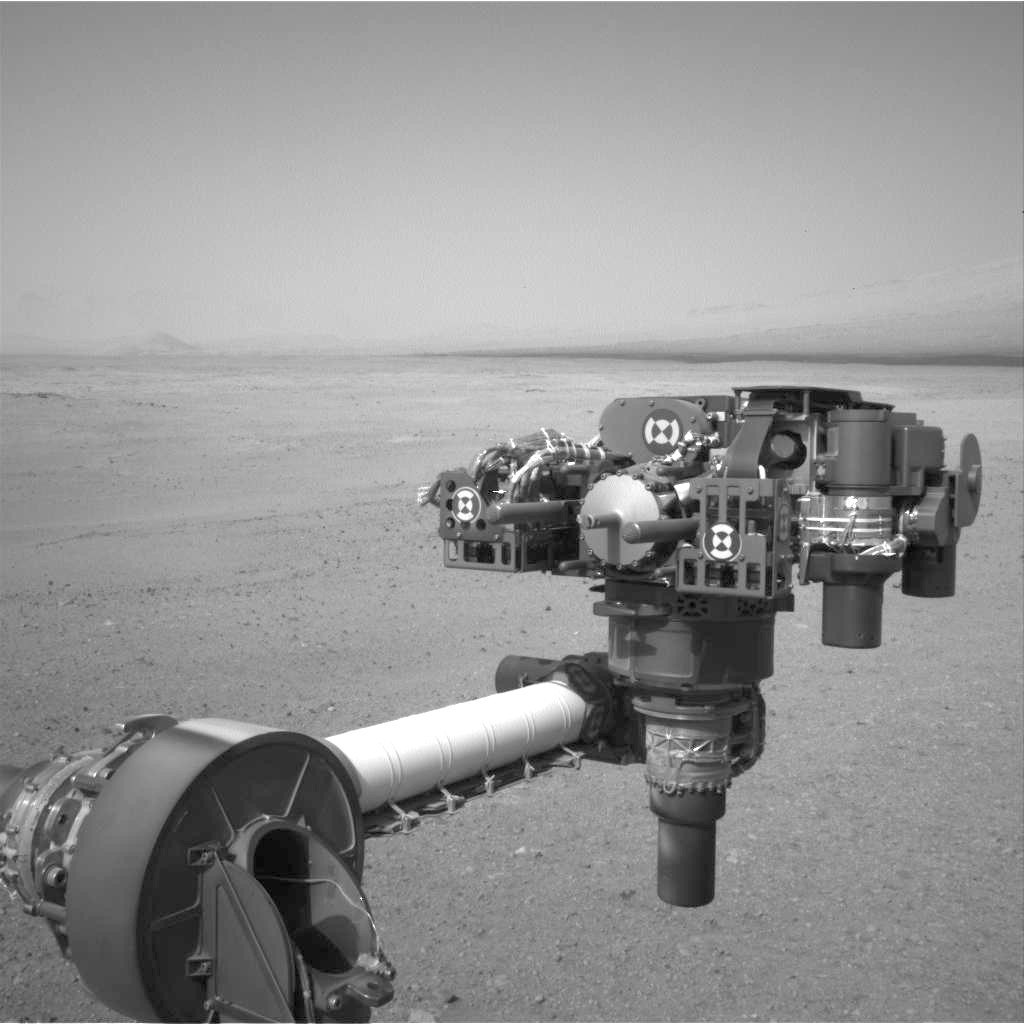
Propeller functionality:

When testing the climatic equipment, the first failure was revealed - one of the two REMS wind direction sensors failed. Apparently, it was damaged by a piece of soil during landing. However, this did not prevent the rover from starting work in climate monitoring mode and transmitting regular weather reports from the Gale crater:
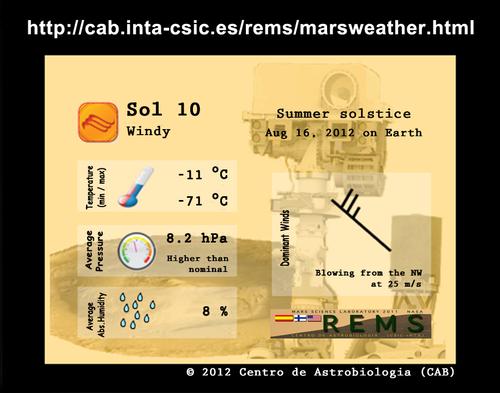
From the same moment the study of the temperature of the atmosphere and the surface of the planet began:
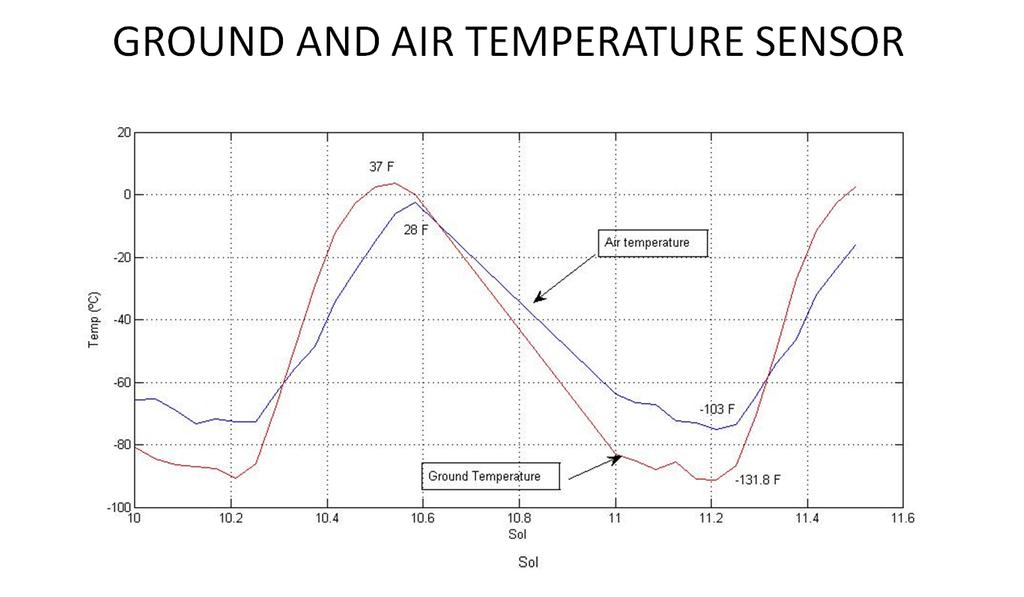
and atmospheric pressure:
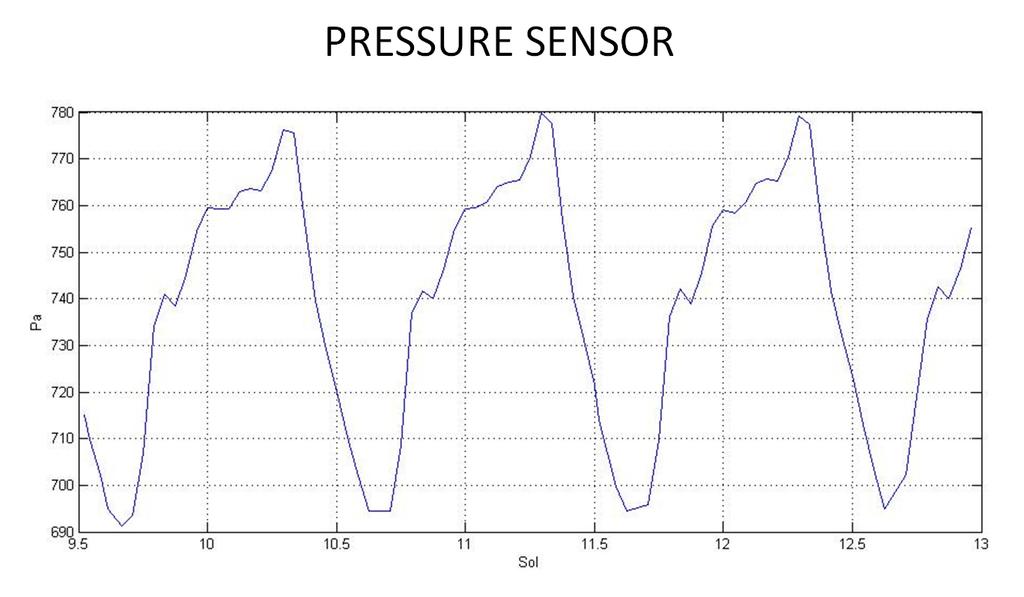
At last, the 21st sol (martian day) began to move:
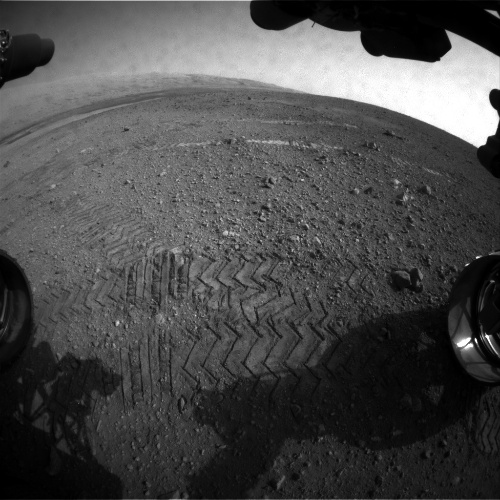
The first "steps" were a few meters away - the rover moved to the spot left by the Sky Crane jet stream. Her research was conducted with a DAN instrument.
A few days later, Curiosity headed for Glenelg, a portion of the surface of Mars 400 meters east of the landing site. This place attracted NASA's attention by the fact that three types of soil converge in it, apparently formed at different times and in different conditions.

Half way to Glenelgu, the rover stopped and again began checking the functionality of the manipulator:
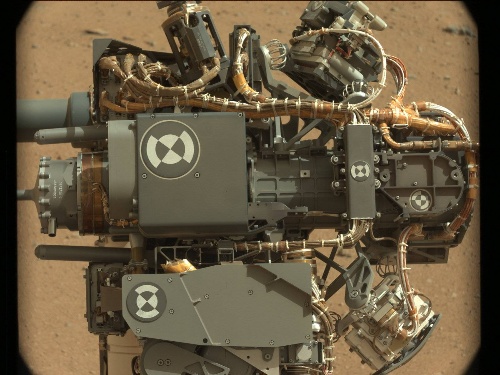
The camera on the manipulator MAHLI took the first pictures without a dust cap and transmitted high-quality images

and details:
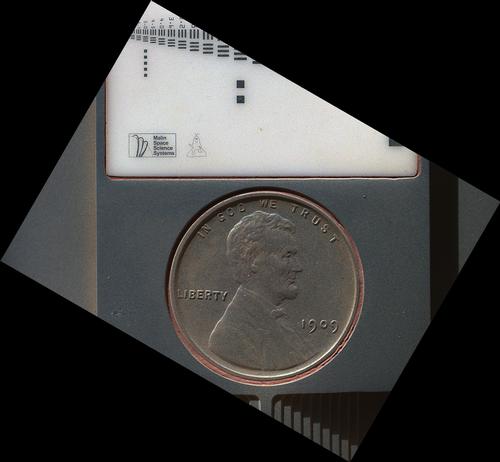
Learn more about where the coin and the kid's drawing of the alien come from on the rover .
The discovery of Curiosity on 43 salt again forced the conspiracy therapists of all stripes. Still, the rover found the pyramid:
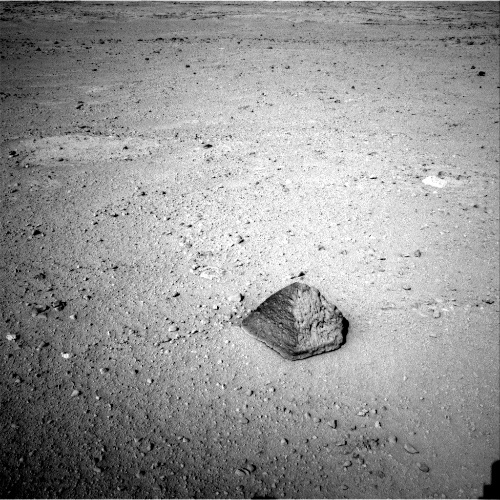
True small. To the surprise of many, NASA not only tried to hide the find, but studied it most thoroughly, so no one doubted the naturalness of this stone, which was named in memory of one of the engineers: Jake Matievich.

Using this stone as an example, it is convenient to understand which type of rover cameras which images are transmitted to which:

(indicated hashtags for VKontakte)
While the manipulator was studying the "pyramid" of the right 100 mm Mast Cam took a huge panorama of 70-plus frames overlooking Sharp's mountain:

(do not ask about the color and the sky "in the joint" is inserted).
You can admire the option Medium 6.5 mb or FullSize 43 mb .
In the following days, Curiosity tested the role of a solar astronomer and removed Phobos from two attempts to transit Phobos across the Sun:

Then Deimos:

Then just a spot on the sun:
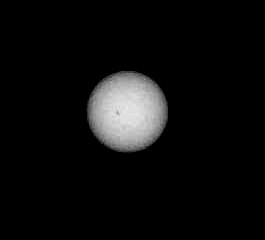
It turned out to capture the Martian "Moon" in the daylight:

And then he nevertheless arrived in Glenelg:

And this is a completely different story, to be continued.
Post written in collaboration with Zelenyikot
So, on August 6, 2012, the Mars rover MSL Curiosity made a successful landing on the planet Mars. His first frame, transmitted to Earth, caused a wave of joy and inspiration from NASA experts:

Next, about the first 50 days of Curiosity on Mars, with photos, panoramas and illustrations
But this was not the first frame taken by Curiosity. MARDI camera shooting began at the very moment when the rover was in the descent capsule.
The result of this shooting was finalized by director Bard Canning, who offered his work to the world:
')
After landing, the rover first looked at itself with navigation cameras. It was necessary to understand whether the landing was flawless or with losses.

In addition to the small particles of soil on the hull, external examination did not reveal any problems.
On the third day on Mars, Curiosity shot the first full panorama with a left Mast Cam color camera with a focal length of 34 mm lens. A few days later the photos were transferred to Earth, and consolidated into a single 360 °. This made it possible to shut up the vocal chorus of conspiracyologists who lamented: "NASA hides the colored footage of Mars."

After the public was satisfied, NASA was finally able to do business and sent Curiosity into a half-hour hibernation. During this time, the software was updated and all scientific equipment was tested in a passive mode. At this stage, no violations were identified either.
Coming out of hibernation, the rover began to test the laser and spectrograph Chem Cam. At first, test shooting was conducted on special test targets located on the body of the rover:

Then the first specimen was shot, which was first called the “Stone No. 165”, and then the Coronation.

The result of the study showed that the laser effectively burns through a layer of dust covering the Martian stones, and gets to the sample itself. The chemical composition of Coronation turned out to be the closest to earthly basalt samples.
Then a new stage of testing equipment began - this time in practice.
The Russian DAN device made the first terrain survey for hydrogen in the ground. The graph showed the approximate correspondence of the water saturation of the Martian soil and the concrete floor of the laboratory where the pre-flight sensor tests were carried out:

The functionality of the manipulator was tested:

Propeller functionality:

When testing the climatic equipment, the first failure was revealed - one of the two REMS wind direction sensors failed. Apparently, it was damaged by a piece of soil during landing. However, this did not prevent the rover from starting work in climate monitoring mode and transmitting regular weather reports from the Gale crater:

From the same moment the study of the temperature of the atmosphere and the surface of the planet began:

and atmospheric pressure:

At last, the 21st sol (martian day) began to move:

The first "steps" were a few meters away - the rover moved to the spot left by the Sky Crane jet stream. Her research was conducted with a DAN instrument.
A few days later, Curiosity headed for Glenelg, a portion of the surface of Mars 400 meters east of the landing site. This place attracted NASA's attention by the fact that three types of soil converge in it, apparently formed at different times and in different conditions.

Half way to Glenelgu, the rover stopped and again began checking the functionality of the manipulator:

The camera on the manipulator MAHLI took the first pictures without a dust cap and transmitted high-quality images

and details:

Learn more about where the coin and the kid's drawing of the alien come from on the rover .
The discovery of Curiosity on 43 salt again forced the conspiracy therapists of all stripes. Still, the rover found the pyramid:

True small. To the surprise of many, NASA not only tried to hide the find, but studied it most thoroughly, so no one doubted the naturalness of this stone, which was named in memory of one of the engineers: Jake Matievich.

Using this stone as an example, it is convenient to understand which type of rover cameras which images are transmitted to which:

(indicated hashtags for VKontakte)
While the manipulator was studying the "pyramid" of the right 100 mm Mast Cam took a huge panorama of 70-plus frames overlooking Sharp's mountain:

(do not ask about the color and the sky "in the joint" is inserted).
You can admire the option Medium 6.5 mb or FullSize 43 mb .
In the following days, Curiosity tested the role of a solar astronomer and removed Phobos from two attempts to transit Phobos across the Sun:

Then Deimos:

Then just a spot on the sun:

It turned out to capture the Martian "Moon" in the daylight:

And then he nevertheless arrived in Glenelg:

And this is a completely different story, to be continued.
Post written in collaboration with Zelenyikot
Source: https://habr.com/ru/post/153907/
All Articles